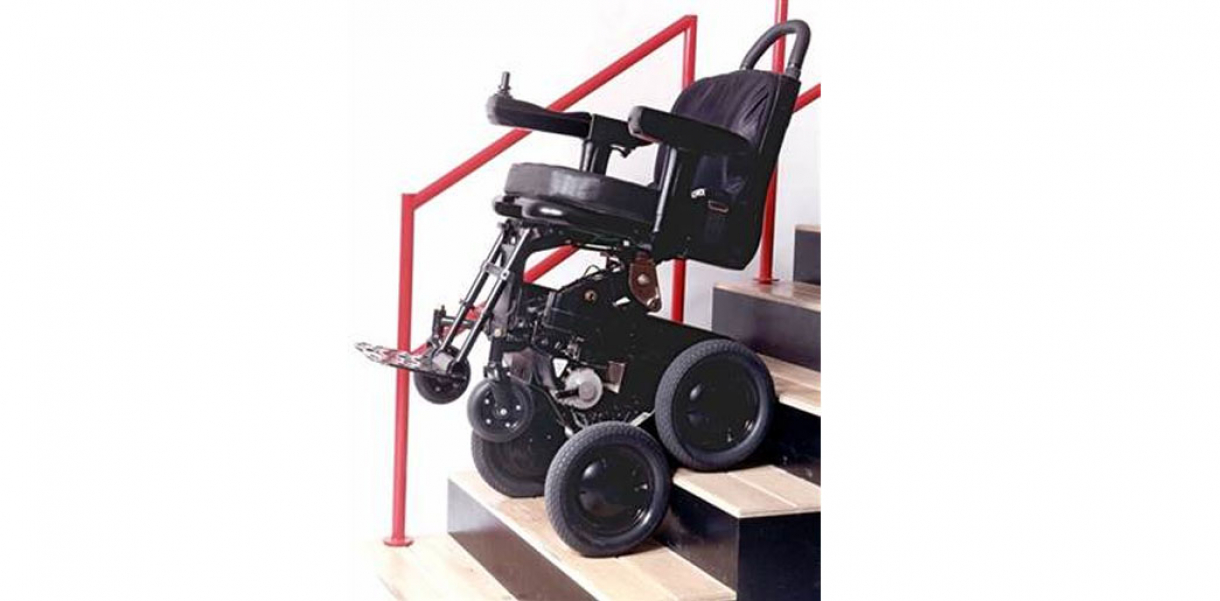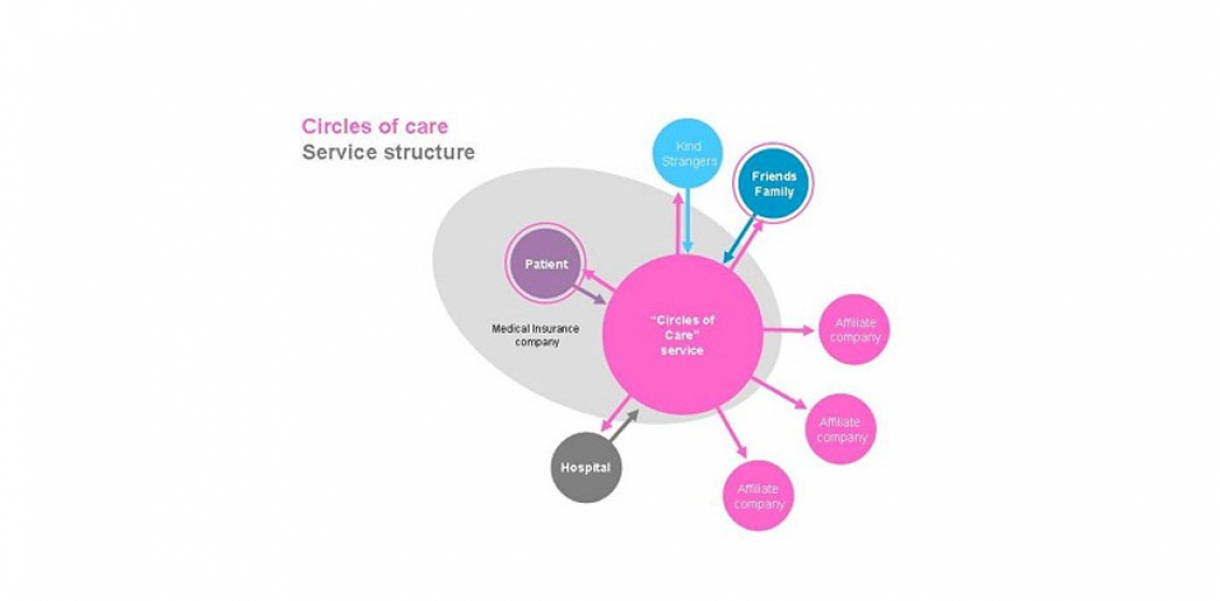Functionality and use of design
The project is the communication of a future scenario where objects could motivate users to engage in an ecological ideology without need to renounce to the consumer’s society acquired benefits This scenario unites the acquired technological benefits of digital connection with the old benefits of staying connected with nature.
How did this design improve life?
Everybody understands that mobile phones are changing our lives, but few people are aware of how technological devices change our environment. This project is a communication of a scenario of ‘personal recycling’ of technological objects. In this future scenario the gadget is designed to return to nature in curious ways by the hand of the consumer, creating a positive approach to direct the user’s behavior. Recycling of technological objects today is a remote and thus abstract concept to most people. But this vision is not a daydream. It is based on research of the current available materials, the materials that are under development and in the laws that manage e-waste.
The Mobile.Seed is not just the creation of another alternative product, but a possible new way to think about the consumer’s relationship with products. A concept in which people themselves perform the act of recycling, making this otherwise hidden process delightful, present, and perhaps even turn it into a valued cultural and social phenomenon. It also suggests how designers could use their influence on our appetite for technology to stimulate behaviors that could steer development towards a common well-being culture.
The mobile phone is a modern technological fetish and is quite an icon of the modern technologies in our daily life. So, it is an excellent product to use as a channel for experimentations in consumers behaviors by design influence.
Drawbacks of life improvement
In the Mobile.Seed project, the main difficulty was to communicate the idea effectively. The prototypes were not working prototypes, and, in addition, to make real test with the planting mechanics would take much more time than the one available for the thesis. The idea just could be fully understood when all the fragments of the different communication tools were put together. The scenario movie, the vases with roots coming from the biodegradable mobile phone, the posters with the material research, the phone with the visible seed, the explanation of the marketing strategy behind the innocent flower, all these parts were weak alone. So, several times, a failure in the communication generated misunderstandings about the project.
Research and need
There are three main issues that motivated this project: 1. A personal criticism on the radical approach of many environmentalists that simply blame politics, industries, products and consumers for the consequences on our world, but often disregard the interconnected economical, motivational and social reasons that constitute our current scenario. 2. Overall low interest in getting people to engage in the ideology of common well-being. I see this in part as a consequence of a poor communication strategy, not really working on the motivational reasons of the process. 3. Real facts and concrete problems related to e-waste that we face nowadays. This project constrained it focus on the mobile phone, which have a very toxic waste and high material requirements for the manufacture.
The increasing number of parameters that contemporary designers need to coordinate and synchronize is reflected in a greater complexity in the design profession. It also implies in a greater responsibility. Products impact on how we think, influencing and even shaping people’s behaviors. Mobile.Seed is at the same time a project in which the social responsibility of the designer is practiced, and a marketing strategy to sell a product that would be ecologically sustainable, but uses the motivation present in the consumer society as the main stimulus. Behind an innocent façade (the flower) conceals an elaborated manipulation mechanics (spread out an ideology).
There are mainly three different types of influence over decisions in this area. The first is the increase of consumer demand for technological objects that respect environmental concerns. The second are the companies, which by their own initiative or external pressure develop new solutions that rethink products paradigms as a whole, or reduce usage of materials, reusability of devices and recyclability of waste. The third is governmental laws. Bringing the responsibility of recycling to daily life as a pleasant action can raise the consumer demand for this kind of solutions and the awareness of the conse¬quences of one’s own consumption. Also, changes in the consumer criteria can reflect in the compa¬nies’ research and in the governmental regulation.
The first question to be answered in order to know if this scenario could become true or not is the feasibility of a fully biodegradable mobile phone. For this purpose, a research on the current materials used in the mobile phone was done. These materials were categorized accordingly to their toxicity to the environment. Then, possible materials, already available or under research, that could substitute the toxic ones were listed. The resume of this stage can be seen in the website. With this information and stipulating a reasonable time for the commercial availability of these materials, intermediate stages before the launch of the fully biodegradable mobile phone were planned.
Designed by
Belmer Negrillo - Italy






